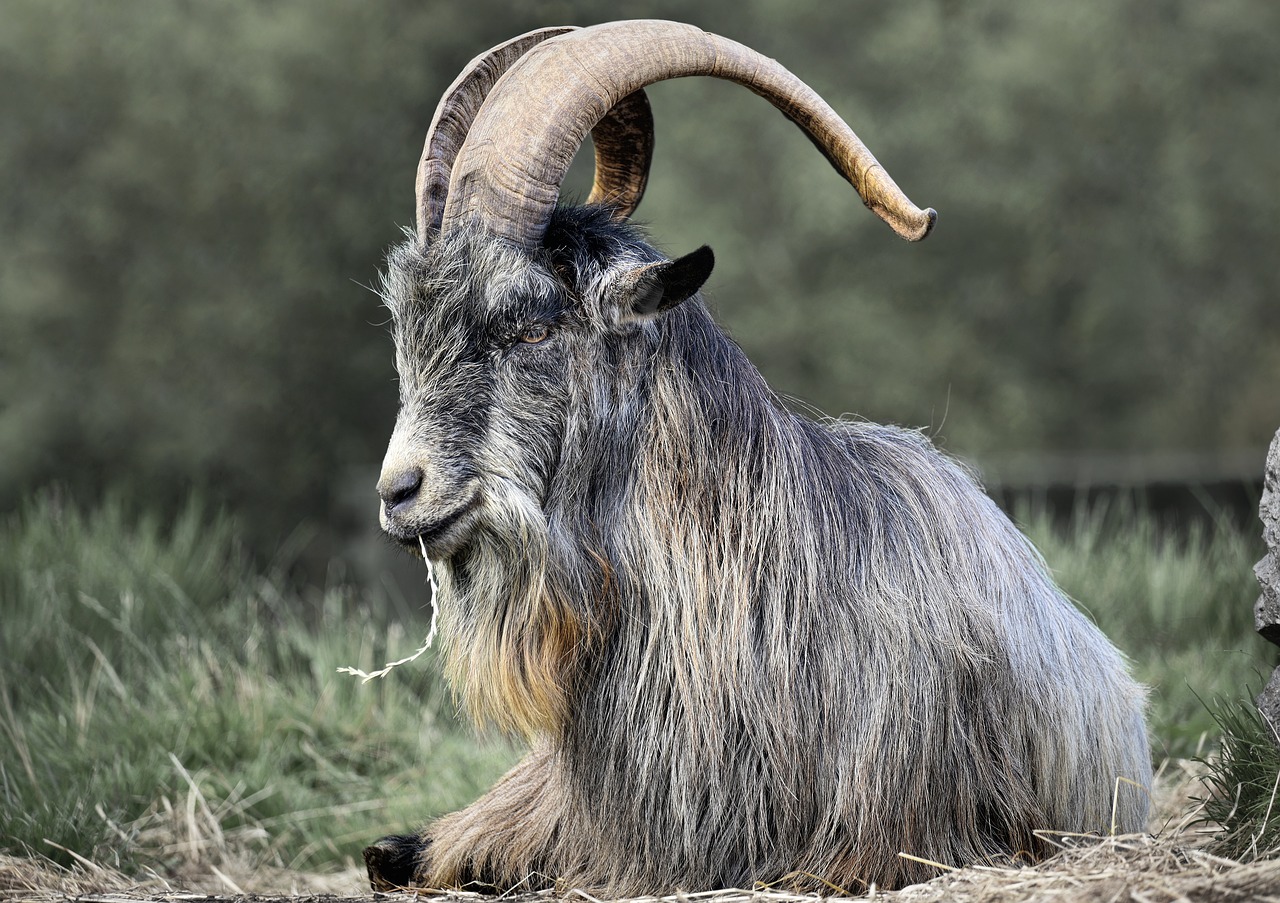Ireland, an island steeped in history and folklore, has a rich tapestry of tales that are often passed down through generations via oral traditions. These narratives frequently connect to the landscapes, helping to explain their historical significance and shaping their identities.
The Tale of the Children of Lir
One notable story is that of the Children of Lir, linked to the remote, rugged terrain of northern County Mayo, where it is said that the children were condemned to dwell for 300 years. This narrative holds emotional weight for many who emigrated from Mayo, marking their painful separation from home as they ventured to places like America, Canada, and Australia, often never to return.
The Family of Lir
In this tale, Lir was a nobleman who, feeling slighted when he was overlooked for kingship, refused to pledge fealty. As a peace offering, the new king, Bodb Derg, proposed a marriage between Lir and his daughter, Aoibh. They enjoyed a blissful life together, blessed with four children: their daughter, Fionnuala, and three sons, Aodh, Fiachra, and Conn. Tragically, Aoibh died shortly after childbirth.
After a period of mourning, Lir remarried, this time to Aoife, another of Bodb’s daughters. Unfortunately, Aoife’s growing jealousy over Lir’s affection for his children led to a dark turn in the story.
The Envy of Aoife
Feeling neglected and embittered, Aoife, wielding some knowledge of magic, plotted against Lir’s children. She tried to persuade them to accompany her to the lakeside for a swim, ultimately casting a spell that transformed them into four graceful swans, thus severing their ties to humanity. Aoife’s curse bound them to the shores of Lough Derravaragh in County Westmeath for 300 years, thereafter to the turbulent Sea of Moyle, and finally to the isolated island of Inis Glora in County Mayo.
Although she intended to imprison them completely, Aoife’s spell allowed the swans to maintain their ability to speak and think rationally. When Lir discovered the loss of his children upon hearing their melodic voices as swans, he sought out justice, leading to Aoife’s punishment, which cursed her to remain in the form of an air demon.
The Long Ordeal of the Swans
For three centuries, the swans sang enchantingly, bringing joy to those who heard them during their first stay at Lough Derravaragh. Time passed, and their next phase arrived at the unforgiving Sea of Moyle, where harsh conditions tested them for another 300 years. Their final location in Inis Glora saw the arrival of Christian influence, where in their despair, they began to pray for deliverance.
Eventually, the curse of transformation lifted, allowing the swans to return to their father. They found their home desolate and abandoned but heard the sound of a church bell, which symbolized their liberation from the long sorrows of enchantment. Unfortunately, King Lairgnen of Connacht, eager to possess the magical swans, intervened. Upon his touch, the beloved children aged rapidly, transforming them into an old woman and three old men. As their end approached, they requested to be baptized before passing away.
This poignant tale’s origins trace back through various sources, enriching the folklore landscape with its themes of love, jealousy, and the tragic consequences of magic.
For those intrigued by Irish legends, this story is part of a larger series exploring the enchanting folklore of Ireland, featuring other tales about mythical beings and legendary occurrences.



